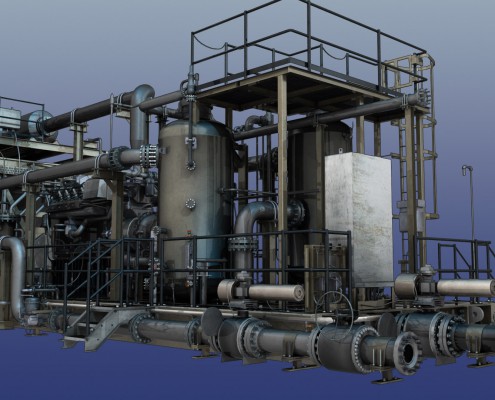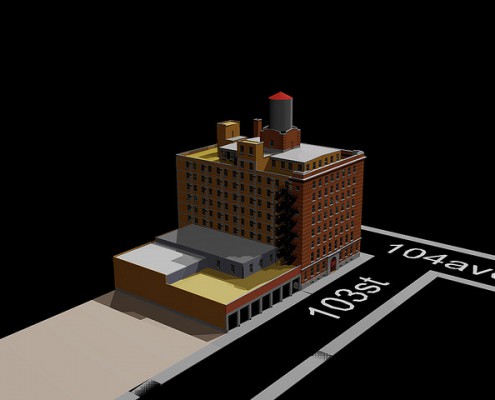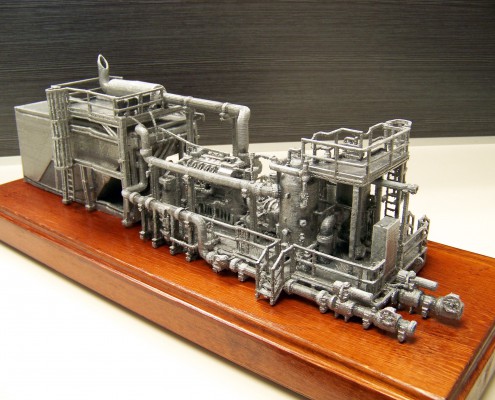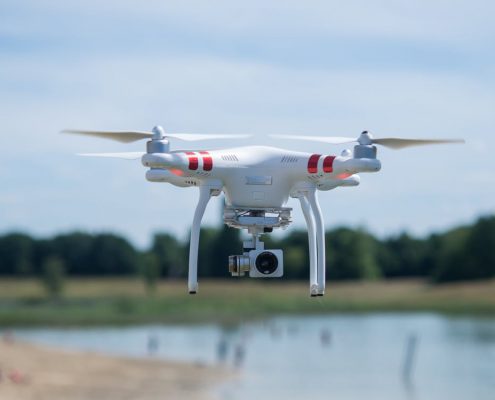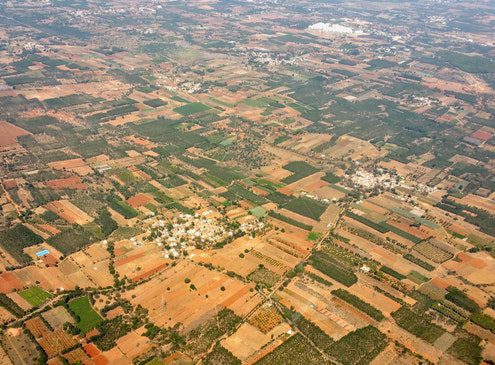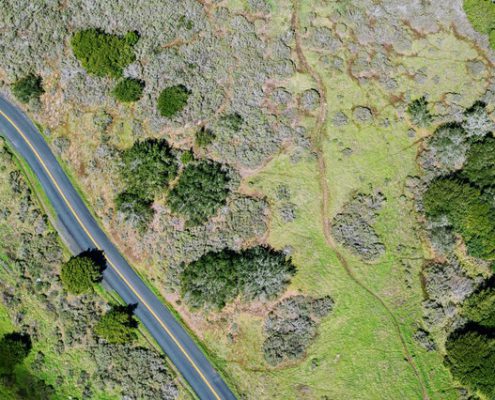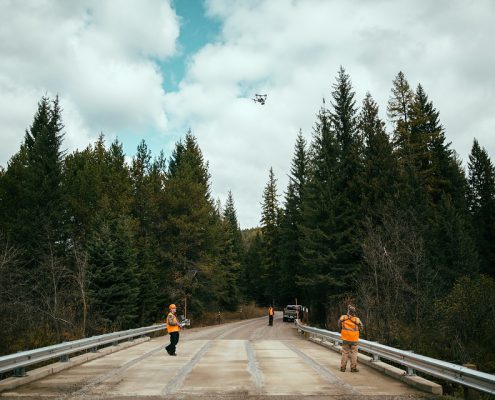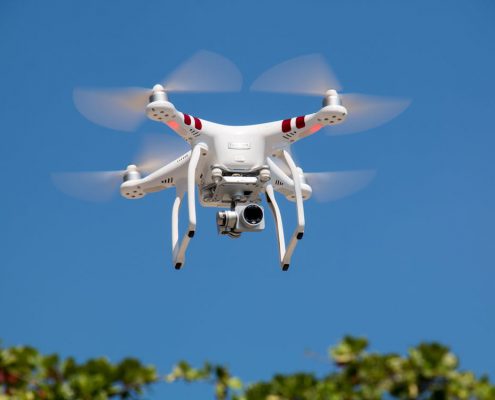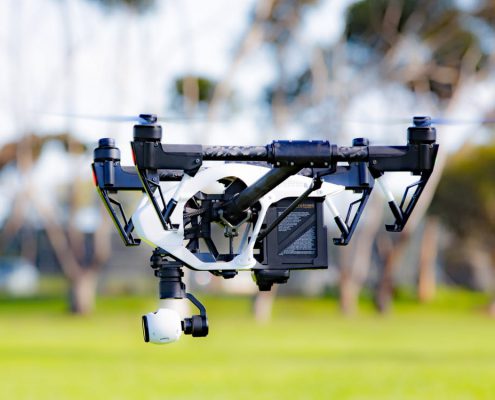3D Laser Scanning Services and Virtual Construction
Today’s construction project managers have to deal with challenges that their predecessors could never have imagined. Whether it’s building new infrastructure projects to support a growing population or replacing aging infrastructure that no longer functions as required, project managers frequently find themselves having to address multiple levels of complexity, while simultaneously ensuring speed and efficiency.
Since they’re facing new challenges, it would not make sense for project managers to continue relying on the modeling tools they commonly used in the past. Tape measures, levels, and other simple tools may have served them well before now, but they’re simply not up to the challenges facing modern construction projects. Groundbreaking new technologies such as 3D laser scanning and building information modeling (BIM) are helping engineers and project managers take a new approach to addressing the new challenges facing them.
Modern trends in BIM
BIM is not a new concept, but some recent developments are making it possible for industry leaders to start applying BIM in new, innovative ways. One example of such a trend is the growing importance of mobility in BIM. Now, with growing numbers of companies able to provide mobile access to their stakeholders wherever they might by in the world, it’s easier than ever before to get BIM models to the people who need them to do their jobs well, right when they need them.
Another trend that’s opening new doors in BIM is the growing affordability of 3D laser scanning. It is now easier than ever for companies to capture extremely detailed and accurate laser scans of a site or building, and then feed that data into their 3D BIM models. This ensures that those models will be as accurate as possible.
Working with a complete 3D laser scanning services provider helps increase efficiency
One result of the growing availability of 3D laser scanning is that a lot of new scanning providers are making their way into the marketplace. These 3D laser scanning services providers offer their customers varying levels of experience and expertise, so it’s very important that customers take the time to properly evaluate the decision and make the right choice.
Ideally, you would want to work with a provider that offers end-to-end services, from the initial scanning all the way through to delivering the final models. Working with the same company for all these services will help streamline the process and cut down on duplication of efforts. This means that your finished models will be ready for you to use sooner and that you may end up paying significantly less than you would if you sourced services from multiple vendors.
Provide complete, accurate information across the entire project
Today’s laser scanners can take up to 1 million measurements per second. Clearly, we’re talking about a level of detail and accuracy that previous generations of construction professionals would never have thought possible. Feeding these scans into BIM models and pairing them with the results of photogrammetry conducted by drone is a great way to help stakeholders across the entire project make better, more informed decisions. By viewing an area exactly how it currently exists, and then modeling proposed changes before they’re made, construction project managers can take a lot of guesswork out of the equation.
In addition, BIM models based on laser scanning data allow office workers to make sure their project documentation is exactly right before they send it off to the field for use. Getting these things right in advance is a great way to cut down on expensive and time-consuming rework.

